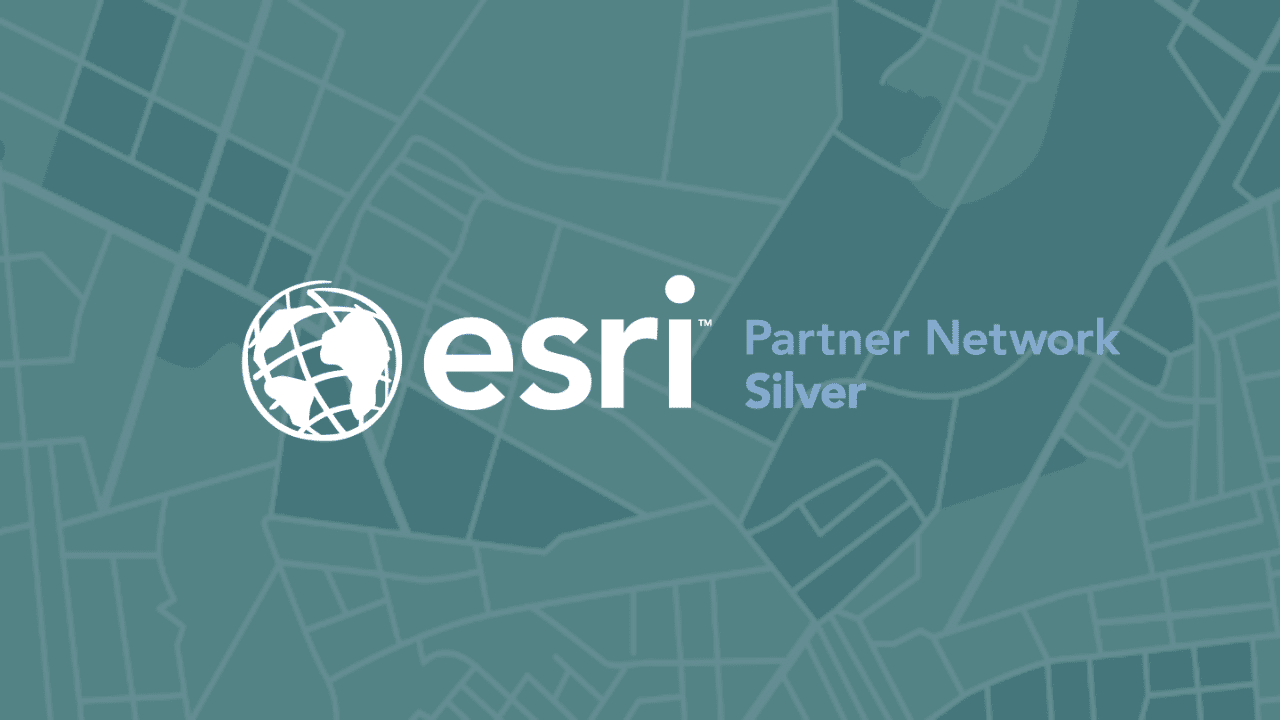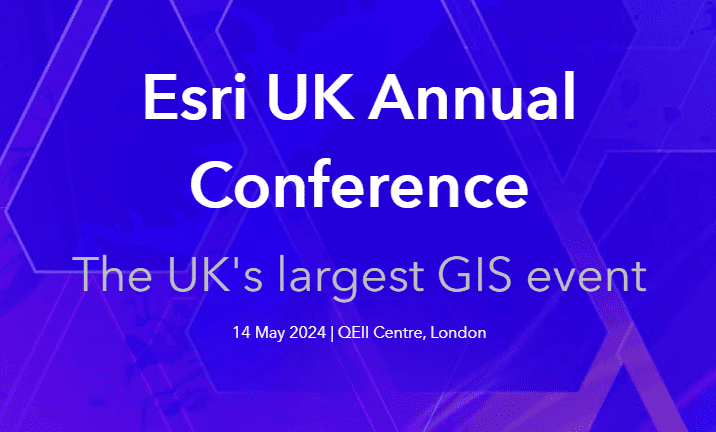GIS 101: Terms You Need to Know

Many people not already familiar with geographic information systems (GIS) will often assume (incorrectly) that a GIS is simply a tool for displaying maps and navigation systems. In fact, a GIS is much more complex and multi-layered than that and has applications and relevance across a range of fields and businesses.
Below we’ve included some of the most important and relevant terms and definitions you should know when it comes to GIS.
Critical GIS Terms and Definitions:
Accuracy
A metric to determine how close a measurement in a GIS is to the actual distance or value it represents in the real world. Typically written as a percentile.
Active Sensors
A kind of sensor used for mapping or measuring an area. Active sensors are different from remote sensors in that they directly illuminate the target and measure the light reflected in backscatter when it bounces back to the sensor.
Adjacency
A term referring to when two objects or bodies are next to or adjacent to one another and share a boundary along a common side or vertex.
Affine transformation
A name for the process where straight lines, planes, polylines, and polygon preserving points are altered by rotating, skewing, translating points or by altering scales.
Alphanumeric
Any set of characters that is made up exclusively of numerical digits or characters found in the English alphabet. For example, a password that only accepts alphanumeric characters might look like “jM9y35Z”.
ASCII
Acronym for American Standard Code for Information Interchange. ASCII uses numbers to represent English letters, with every character being assigned a number from 0-127. Each byte of information in an ASCII file (also called a plain text file) represents one character using the relevant ASCII code number.
Basemap
A basemap is a georeferenced image that serves as a non-editable image for a GIS. It functions as a point of reference and offers an aesthetically appealing background using aerial images and representations of topography, terrain and streets.
Bearing
A bearing is essentially just a specific direction expressed in the form of a geographic angle measured from a specific baseline. A term used for navigation and surveying.
Buffer
A zone that surrounds features within a geographic layer. Buffers cover a specific amount of distance around the feature in question as established by a user, defined at either a variable or constant distance around the geographical feature and form polygonal coverages.
Cartesian coordinate:
A Cartesian coordinate system specifies each point uniquely with a pair of numerical coordinates or tripless for three-dimensional coordinate spaces.
Computer-Aided Design/Drafting (CAD)
CAD can refer to either computer-aided design or drafting. Generally, these are the tools used by engineers to produce both 2 and 3 dimensional drawings for a GIS.
Contour Line
Curved lines along a map that joins and delineated any given level of elevation. A line within which all points share the same elevation.
Coordinate System
The system that is used to measure distances (both horizontal and vertical) on a planimetric map. Typically represented as either pairs or triplets of values that indicate the location of points and features on a map.
Database Management System (DBMS)
A collection of tools that allow users and engineers to enter and store data within a system. Serves as an interface between a database and its user.
Digital Line Graph (DLG)
A data format developed by the United States Geological Survey used for representing geographical features from terrain to man-made objects.
Electromagnetic (EM) Spectrum
The range of energy wavelengths or frequencies that covers x-rays, ultraviolet, infrared, microwave, visible, and radio waves.
Entity
Entities represent individual spatial features with a geographic location, such as fire hydrants, trees, state boundaries, roads, lakes, and so on.
Feature
Any point, line, or multi-sided object with a specific location in the real world that can be used for storage, visualisation, and analysis within a GIS.
Fuzzy Boundary
Any boundary that cannot be strictly determined and is treated as a band of uncertainty.
Geoid
A measurement-based 3-dimensional surface model of the Earth, generally used as a means of assigning the height of terrain.
Global Positioning System (GPS)
A system of using triangulation calculations from satellites to determine the position of features on the Earth.
Hydrography
A term for the geographical representation of water features such as lakes, rivers, oceans, and seas.
Hypsography
A term for the geographical representation of map features connected to elevation, altitude, and elevation above sea level based on a specific reference surface.
Interpolation
The process of estimating values of unmapped areas based on known values such as elevation, temperature, and other predicted variables.
Interval
The duration of time that passes between each moment that an individual satellite scans a specific part of the globe.
Let MGISS Solve Your GIS Needs
There’s no arguing that the world of GIS is complicated and rewarding in equal measures. While this list covers some of the more basic and important terms that come up when interacting with a GIS, and this list only scratches the surface.
Around the world, there are a great number of industries that either make use of or fully rely on GIS technology, and there’s no name more reliable in the business than MGISS.
Contact us today to find out how we can solve your GIS needs!
About
Empowering your decision making with the asset data truth. Independently advising on the smarter use of Geospatial data, technology and the digital transformation of field operations.



